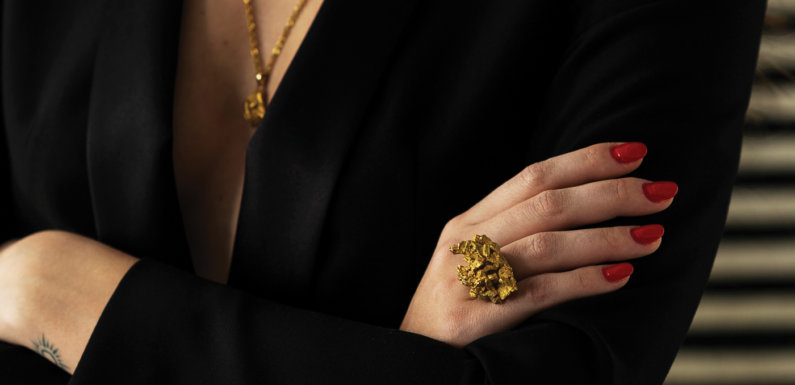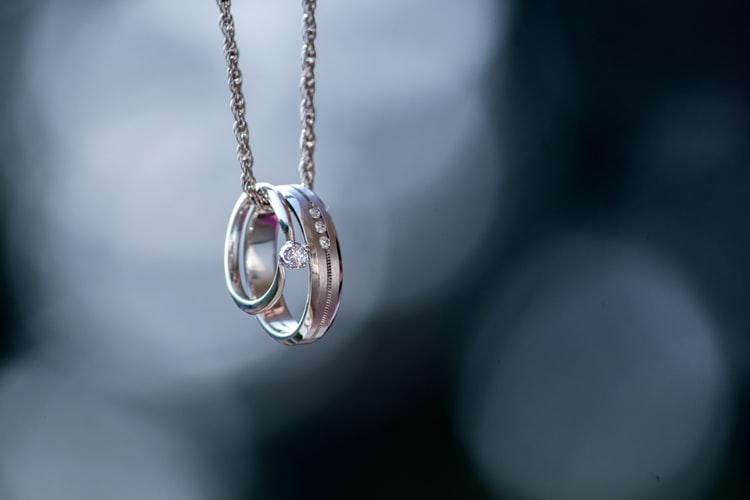
It can be difficult enough to pick out that perfect ring or ideal necklace. But when it comes to finding something that’s both beautiful and ethical, it’s a whole different game. This article takes a closer look at why you should go ethical with your jewellery, and why taking that extra, easy step is more than worth it thanks to global regulation and accreditations.
How diamonds are manufactured
The process of manufacturing diamonds starts in a place you might not expect. While the finished, picture-perfect diamond we’re used to seeing is cut and polished to a pristine state, a natural diamond starts off far less perfect. Mined by hand or using machinery, natural diamonds form over millions of years and are often found in incredibly deep mines, or even on the floor of oceans and rivers.
From the point at which the diamond is mined, it can then be cleaned, valued, checked and ultimately shaped into the modern, brilliant stone we’re used to seeing. But when it comes to how natural diamonds are mined and manufactured, there is some ethical controversy. In addition, diamond mining may be harmful to the environment depending on how it is carried out; leading to more potential harm and ethical issues.
Environmental issues of diamond mining
Because of the lack of regulations in some countries when it comes to mining diamonds, including countries in Africa, there can be severe environmental problems connected to the mining process. In countries like Sierra Leone, the impact of diamond mining has contributed to the decline of local ecosystems. This is in part due to the mining process itself, and in part due to the damage mining causes to the soil and earth over time.
For countries that utilise diamond mining through the draining of lakes and rivers, such as Angola, this activity has resulted in further devastation of the landscape. This includes the erosion of the land, in addition to the rerouting of rivers to expose riverbeds. In turn, this has led to the destruction of thousands of native species of land animals and fish in the area. If diamond mining is not done sustainably or with consideration to the surrounding environment, there can be severe consequences.
Other ethical issues of diamond mining
Alongside the environmental issues of unethical diamond manufacture, there is also a lack of regulation surrounding the people working in mines. Again, in Africa, diamonds are often mined without any form of control, and regularly by hand in unsafe conditions. Many people have heard of the terms conflict or blood diamonds, which is another consequence of diamond mining in certain parts of Africa (including Zimbabwe and Liberia).
However, some parts of Africa are now working towards repairing the damage caused by the blood diamond industry, with Liberia, in particular, taking steps towards more ethical diamond mining. By contrast, mining in South Africa and other parts of the world (such as Russia) holds higher standards for their mining practices, ensuring the safety of their miners.

How to choose ethical diamond jewellery
An excellent way to tell if the diamonds you are considering purchasing are ethical is through checking if they have the KP stamp of approval. An extensive scheme covering more than 81 countries, it ensures all diamonds certified meet strict standards and are fully qualified for sale. This includes anything from sourcing to manufacturing, through to production. Since its creation, the Kimberly Process has claimed a reduction of close to 100% in the production and distribution of unethical diamonds.
For those looking to purchase diamonds more sustainably, choosing Canadian diamonds is the most ethical choice, as Canada has the most environmentally friendly mines in the world. Two of the most prominent Canadian diamond mines, Diavik and Ekati, make use of wind farms to maintain power, and also ensure the surrounding landscape is unharmed by the manufacturing process.
Man-made alternatives
For those considering skipping the diamonds altogether, there is a human-made alternative that’s every bit as beautiful and is practically guaranteed to be produced ethically. Synthetic diamonds, created using a tiny diamond ‘seed’ and high-pressure carbon processes, offer a highly valuable alternative to mined options. Incredibly similar in appearance and with stunning clarity, it’s difficult to tell the difference between natural and human-made with the naked eye.
Whether you’re looking to purchase something for a special someone or you fancy treating yourself to a suitably sparkly piece, keep an eye out for that KP seal of approval. Or alternatively, opt for something human-made but equally stunning to keep your conscience clear. The choice is yours.
Clay Morrison
A 20-something-year-old Creative Copywriter based in not-so-sunny North Somerset, England. My passions include writing, for business and pleasure, as well as colourful hair and blogging on the side. Follow my journey on Twitter and Medium.
